Unit Test(Solutions): Exploring Magnets | Science for Class 6 PDF Download
Time: 1 hour
M.M. 30
Attempt all questions.
Question numbers 1 to 5 carry 1 mark each.
Question numbers 6 to 8 carry 2 marks each.
Question numbers 9 to 11 carry 3 marks each.
Question number 12 & 13 carry 5 marks each
Q1: What are magnetic materials? (1 Mark)
Ans: Magnetic materials are materials that are attracted to a magnet, such as iron, nickel, and cobalt.
Q2: Fill in the blank: Materials that are not attracted to magnets are called _________. (1 Mark)
Ans: Non-magnetic materials.
Q3: Which of the following is a feature of a bar magnet?
(i) It has only one pole.
(ii) It has two poles – North and South.
(iii) It is non-magnetic.
(iv) It does not attract iron objects.
Ans: (ii) It has two poles – North and South.
A bar magnet has two poles – a North pole and a South pole. These are the points where the magnetic force is strongest, and they always occur in pairs.
Q4: What happens when like poles of two magnets are brought close to each other? (1 Mark)
Ans: Like poles (North-North or South-South) of two magnets repel each other.
Q5: Match the following: (1 Mark)
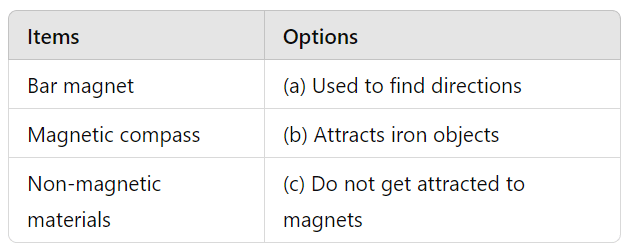
Ans:
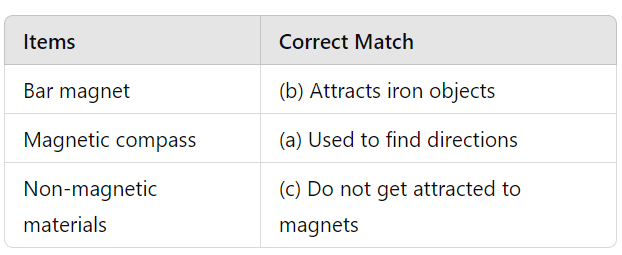
Q6: Explain why the Earth behaves like a giant magnet. (2 Marks)
Ans: The Earth behaves like a giant magnet because it has a magnetic field due to the movement of molten iron in its core. This magnetic field causes a freely suspended magnet, like a compass, to always align itself in the north-south direction.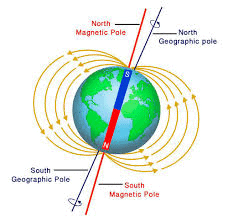
Q7: What are the two poles of a magnet? (2 Marks)
Ans: The two poles of a magnet are the North pole and the South pole. These poles are where the magnetic force is strongest, and they always exist in pairs, even if the magnet is broken into smaller pieces.
Q8: How can you make an iron needle into a magnet? (2 Marks)
Ans: An iron needle can be made into a magnet by repeatedly rubbing one pole of a strong magnet along the length of the needle in one direction. This process aligns the needle’s molecules and turns it into a magnet.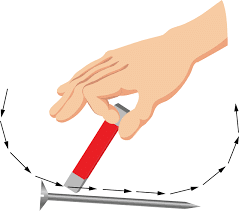
Q9: List six characteristics of magnets. (3 Marks)
Ans:
- A magnet has two poles – North and South.
- Like poles repel each other, while unlike poles attract each other.
- Magnets can attract magnetic materials like iron, nickel, and cobalt.
- Magnets exert a force without touching the objects.
- The magnetic field is strongest near the poles.
- When a magnet is freely suspended, it always points in the north-south direction.
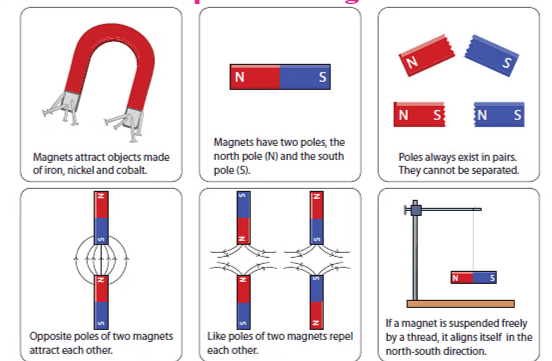
Q10: Differentiate between magnetic and non-magnetic materials. (3 Marks)
Ans: 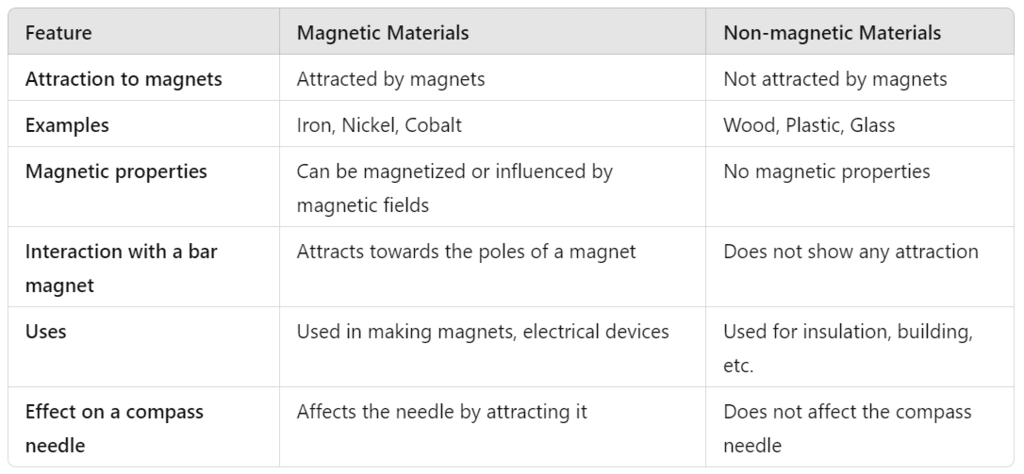
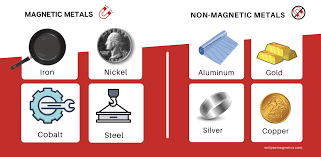
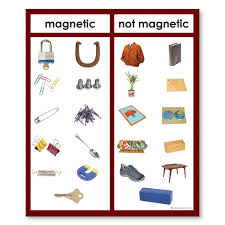
Q11: Explain the attraction and repulsion between magnets and provide examples.(3 Marks)
Ans:
- When two magnets are brought close together, their poles interact.
- If like poles (North-North or South-South) are brought near, they repel each other.
- If unlike poles (North-South) are brought near, they attract each other.
- For example, if two bar magnets are placed with their North poles facing each other, they will push away.
- If the North pole of one magnet is brought near the South pole of another magnet, they will pull towards each other.
- This force of attraction and repulsion depends on the strength of the magnets and the distance between them.
- A compass needle also works on the principle of attraction, with its North-seeking pole attracted towards the Earth's magnetic North.
- When magnets are used in toys, like magnetic cars, like poles can cause the cars to move apart.
- Similarly, opposite poles in magnetic clasps attract and hold objects together.
- This principle is widely used in devices like magnetic locks, motors, and generators.
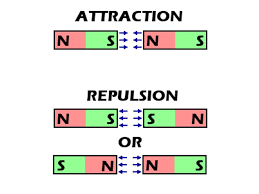
Q12: Describe the process of making a simple magnetic compass and explain how it works. (5 Marks)
Ans: For Process of Making a Simple Magnetic Compass:
Materials Needed: A small iron needle, A bar magnet, A small piece of cork or a leaf, A bowl of water
Steps for making a simple magnetic compass
- Magnetize the Needle: Rub the iron needle with one pole of the bar magnet in one direction, from one end of the needle to the other, about 30-40 times. This magnetizes the needle.
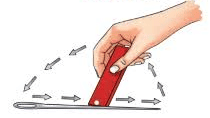
- Prepare the Cork or Leaf: Insert the magnetized needle through a small piece of cork or place it gently on top of a leaf. This will help the needle float on water.
- Place the Cork or Leaf in Water: Float the cork or leaf in a bowl of water, ensuring that the needle remains horizontal and free to move.
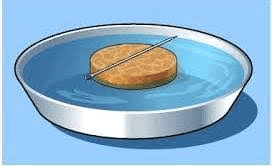
Observation: Once the needle settles, it will align itself in the north-south direction. No matter how many times you rotate the bowl or cork, the needle will always return to this direction.
Compass Working :
- Interaction with Earth’s Magnetic Field: The Earth acts like a giant magnet due to the presence of molten iron in its core, creating a magnetic field. The needle, now magnetized, interacts with the Earth’s magnetic field.
- North-South Alignment: The needle’s north pole is attracted to the Earth’s magnetic north pole, and its south pole is attracted to the Earth’s magnetic south pole. This causes the needle to always point in the north-south direction.
- Use in Navigation: A magnetic compass is used to find directions. Once you know which way is north, you can determine all other directions (east, west, south) by using the compass. This tool has been essential in navigation for centuries.
Q13: Describe the uses of magnets in daily life and provide examples. (5 Marks)
Ans: 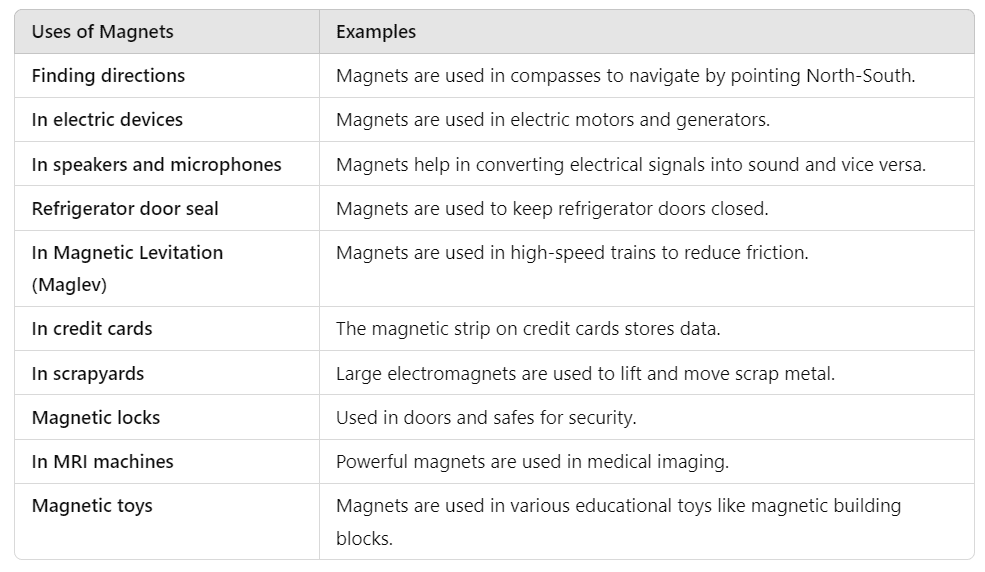
|
67 videos|349 docs|27 tests
|
FAQs on Unit Test(Solutions): Exploring Magnets - Science for Class 6
| 1. What are the different types of magnets commonly used in hobbies? |  |
| 2. How can I safely handle magnets in my hobby projects? |  |
| 3. What are some creative hobby projects that use magnets? |  |
| 4. Can I reuse old magnets from household items for my hobbies? |  |
| 5. Where can I purchase magnets for my hobby projects? |  |

















